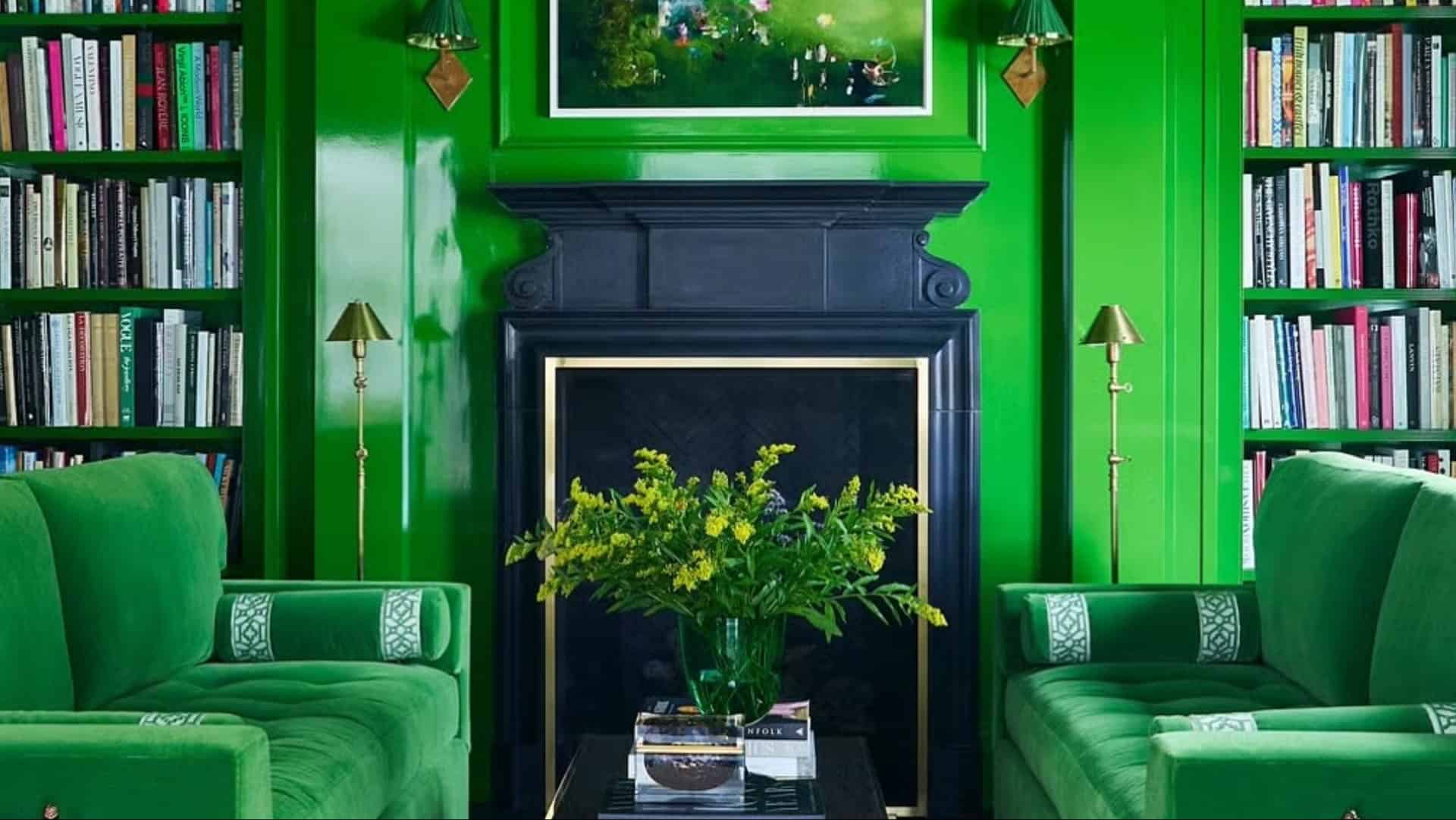The living room is often the heart of a home, where style meets comfort. Some trends look fabulous in photos but fall short in practicality.
Let’s explore 10 such trends that captivate the lens but might not fit everyday life.
1. Extreme Minimalism
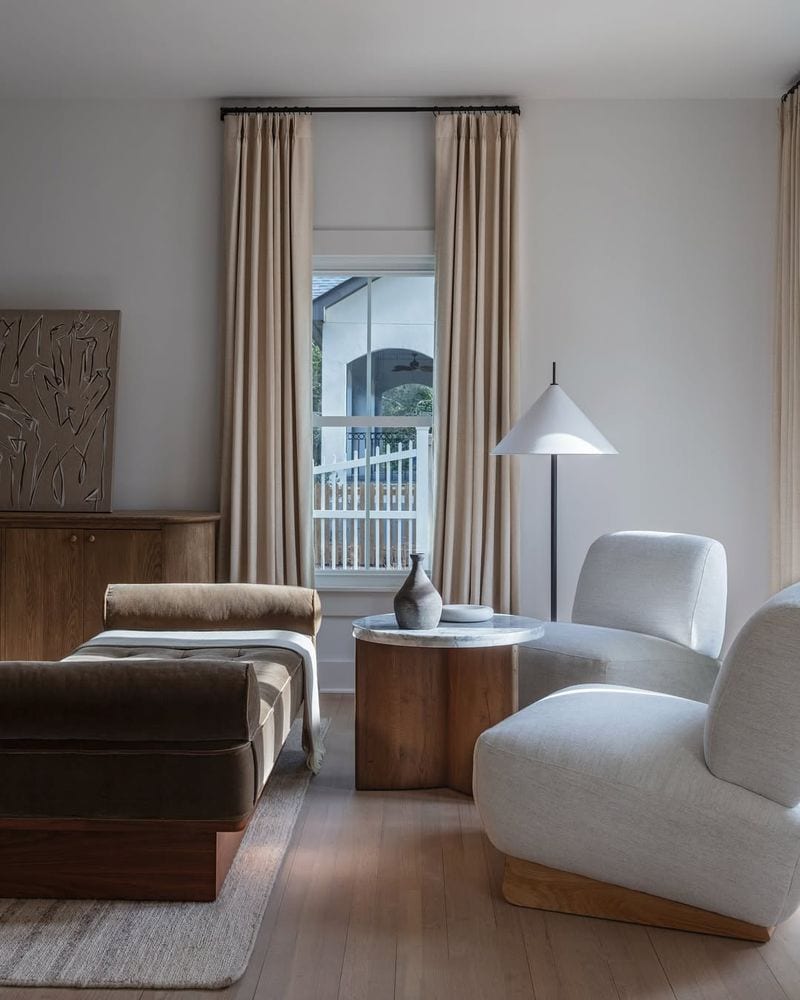
Extreme minimalism can create a serene aesthetic in photos, with its clean lines and uncluttered spaces.
However, living in such a sparse environment can feel stark and impersonal for many.
The absence of personal items and warmth may leave the space feeling cold and uninviting.
While appealing to the eye, maintaining such minimalism requires constant tidying, which can be impractical for busy lifestyles.
Consider adding a few personal touches, like cushions or art, to break the monotony without losing the minimalist charm.
2. Overly Bold Colors

Bold colors in living rooms can make a striking impression through photographs, offering a sense of energy and creativity. However, the reality can be quite different.
Living with such intense colors daily may lead to visual fatigue and restlessness, making the space less restful.
Balancing bold hues with neutral tones might help maintain visual interest without overwhelming the senses.
Opt for accents of bold colors rather than large surfaces to avoid making the room feel chaotic and uninviting.
3. All-White Interior
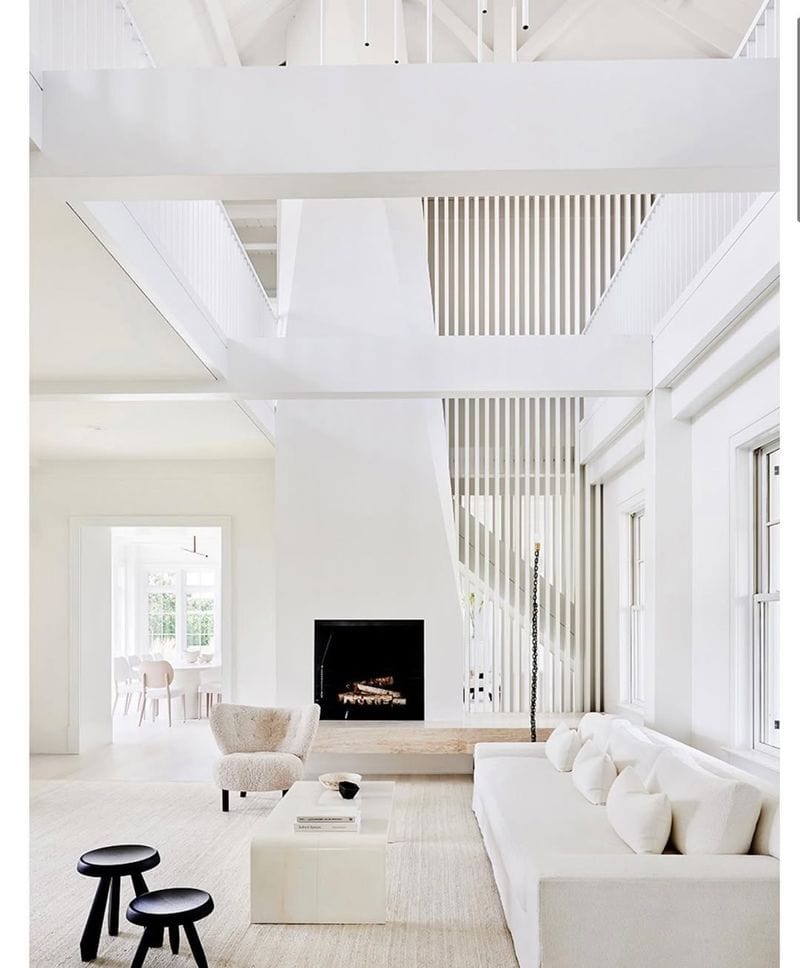
An all-white living room exudes elegance and spaciousness in photographs, showcasing a clean and timeless style.
However, maintaining an all-white space in real life can be challenging.
Stains, dust, and daily wear quickly become visible, requiring constant upkeep to preserve the pristine look.
The lack of color can also make the space feel sterile and lacking in personality.
Incorporating subtle textures or soft pastel accents can add depth and warmth, making the room more inviting without losing its elegance.
4. Oversized Furniture
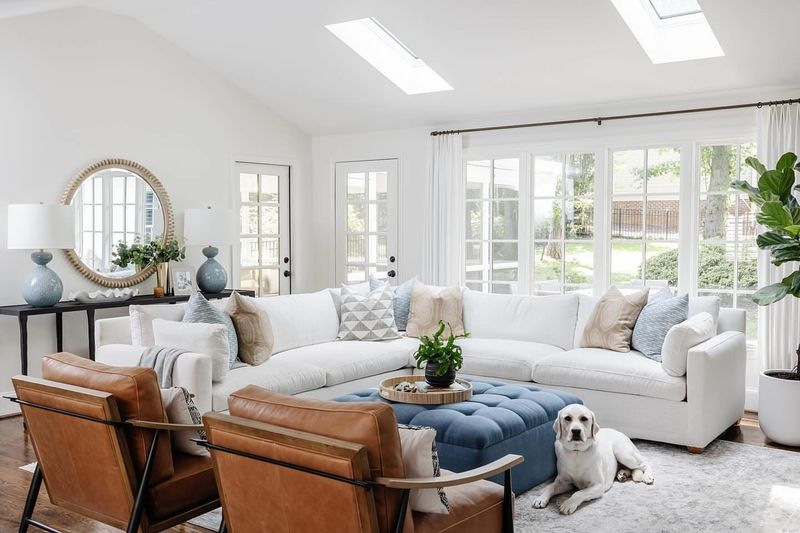
Oversized furniture can look grand and luxurious in photos, offering a sense of comfort and style.
However, in everyday life, such pieces can overwhelm the room, making it feel cramped and less functional.
Navigating around large items can be cumbersome, especially in smaller spaces, reducing flexibility and movement.
Choose furniture that complements the room’s scale, ensuring enough space for movement and other decor.
Balancing size with functionality helps keep the room comfortable and practical.
5. Statement Ceilings
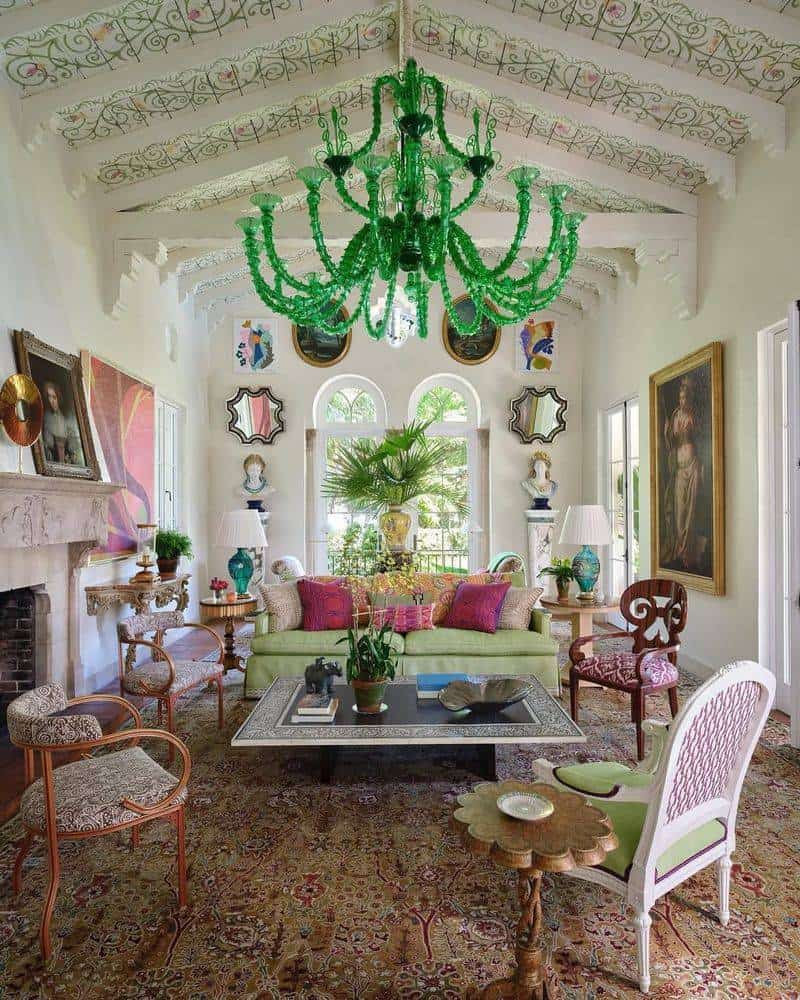
Statement ceilings add drama and interest to a living room, capturing attention in photos with their unique designs.
In reality, however, they can dominate the space, diverting attention from other elements.
A bold ceiling might overshadow furniture and decor, making it challenging to create a cohesive look.
Balancing a statement ceiling with simpler, complementary decor can help maintain harmony in the room, ensuring the ceiling enhances rather than overwhelms the overall design.
6. Exaggerated Textures
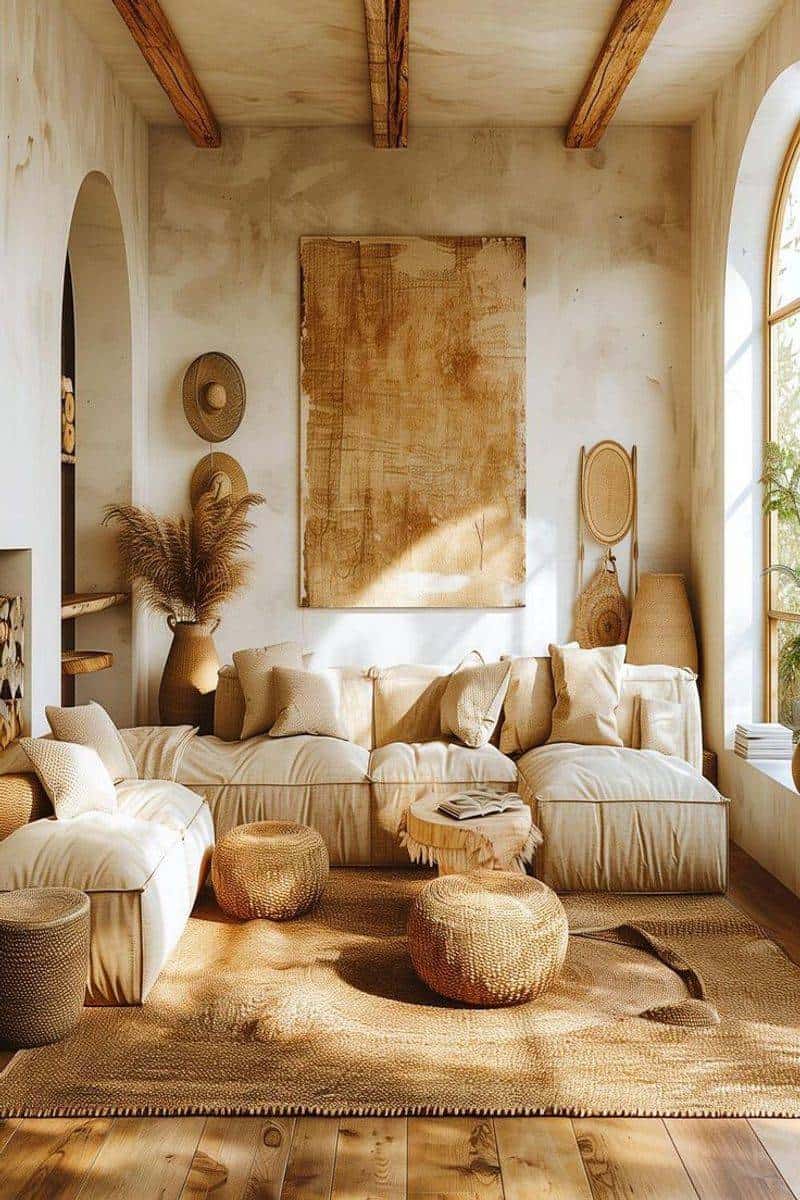
Exaggerated textures bring depth and interest to photos of living rooms, inviting viewers to reach out and feel the layers.
But in practice, such variety can feel cluttered and disjointed.
Too many textures can compete for attention, making the space feel chaotic rather than cohesive.
Simplifying the texture palette with a few complementary materials can still provide interest without overwhelming the senses.
Opt for a harmonious mix, allowing each texture to complement rather than compete with one another.
7. Excessive Greenery
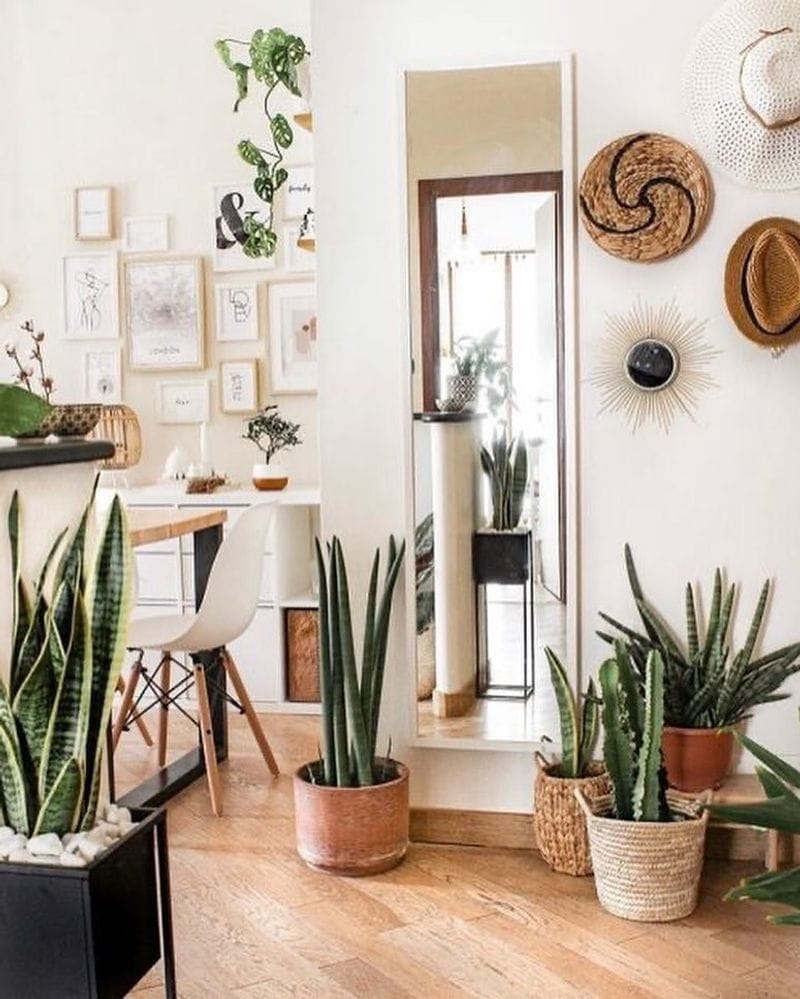
Rooms brimming with greenery appear fresh and vibrant in photographs, evoking a connection with nature.
However, living with an indoor jungle can be overwhelming and high-maintenance.
Caring for numerous plants demands time and attention, potentially becoming burdensome.
Furthermore, excessive greenery can clutter the space, detracting from its design.
Incorporating a few well-chosen plants can create a natural feel without overpowering the room, making it manageable yet still vibrant.
8. Sculptural Furniture
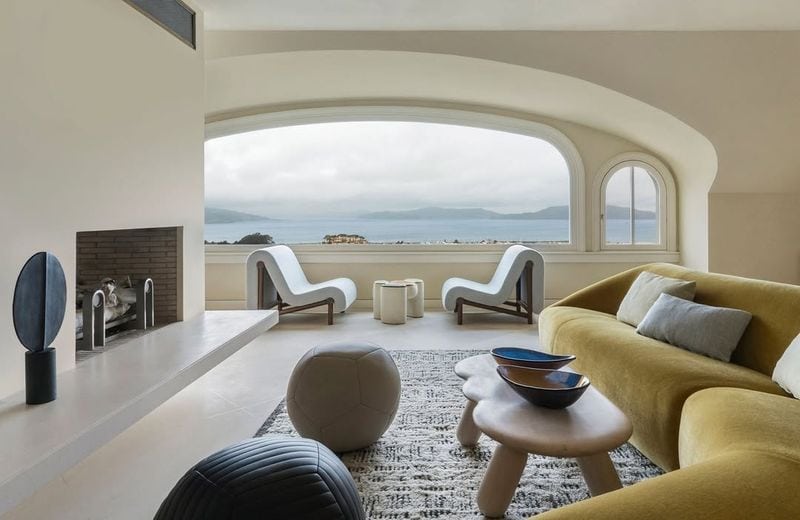
Sculptural furniture pieces look like art in photographs, offering a unique and modern touch to any living room.
Yet, these pieces can prioritize form over function, sacrificing comfort for aesthetics.
Such furniture might not offer the comfort needed for daily use, making it more of a showpiece than a practical option.
Balancing sculptural elements with functional pieces ensures the room remains stylish yet livable.
Choose versatile designs that add flair while maintaining comfort and usability.
9. High-Gloss Finishes

High-gloss finishes add a touch of glamour and modernity to living rooms, enhancing light and creating a sleek appearance in photos.
However, they can be unforgiving in daily life.
Fingerprints, dust, and scratches become quickly visible, requiring frequent cleaning to maintain their shine.
The reflective surfaces may also cause glare, creating an uncomfortable environment.
Opting for semi-gloss or matte finishes can offer a similar modern feel with less upkeep, balancing beauty with practicality.
10. Futuristic Technology Integration
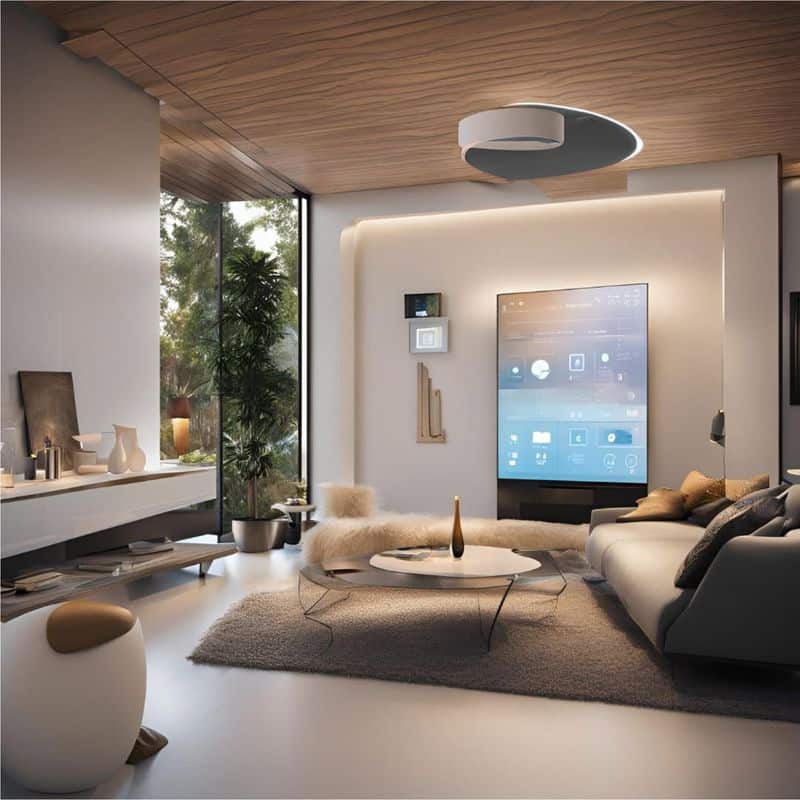
Integrating futuristic technology into living rooms creates a sense of innovation and convenience, making them appear modern in images.
However, the complexity of such systems can be daunting in everyday use.
Technical difficulties or malfunctions may disrupt daily routines, and navigating complex interfaces can prove frustrating.
A balance between technology and simplicity ensures the room remains user-friendly.
Incorporating intuitive systems allows for a modern feel without sacrificing ease of use, making technology an asset rather than a hindrance.

